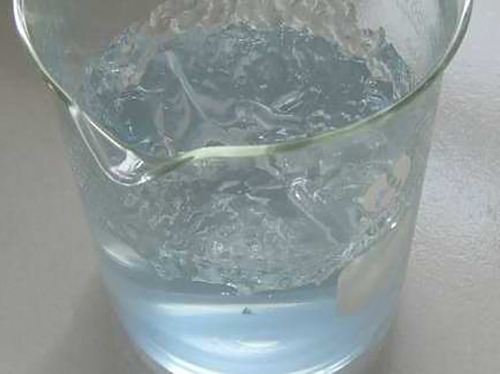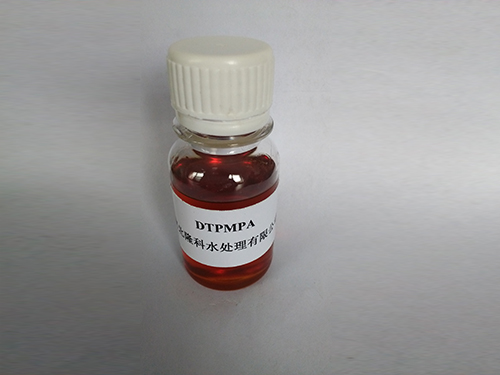2 月 . 16, 2025 14:01
Back to list
polyacrylamide uses
Polyacrylamide, a synthetic polymer, has found its niche across a variety of industries due to its unique properties and versatile applications. Its uses span from water treatment to agriculture, making it a valuable asset in enhancing productivity and sustainability. The polymer's ability to absorb large amounts of water makes it particularly beneficial in industries that require moisture retention or waste treatment solutions.
Paper manufacturing also sees extensive use of polyacrylamide. Here, it plays a role in both the manufacturing process and in recycling. During production, the polymer enhances the strength and quality of paper by improving the retention of fillers, dyes, and fines. In recycling, polyacrylamide assists in deinking processes by flocculating ink particles from recycled pulp, yielding a cleaner, reusable fiber. This dual role effectively supports the demand for both high-quality paper and sustainable recycling practices. Moreover, polyacrylamide's application extends to the oil and gas sector, particularly in enhanced oil recovery (EOR). In EOR, the polymer is injected into reservoirs to increase the viscosity of water, improving the sweep efficiency to displace oil. This technique enables the extraction of additional oil from reservoirs that were previously considered unviable, thereby maximizing the recovery from existing oil fields and improving the profitability and lifespan of oil wells. While polyacrylamide offers impressive benefits across industries, it is critical to handle and apply this polymer responsibly. Its synthetic nature means that care must be taken to prevent environmental degradation or human exposure to its raw forms, which in high concentrations can be harmful. Regulatory compliance and proper usage protocols are essential in leveraging its advantages while minimizing potential risks. Overall, polyacrylamide's diverse applications underscore its significance in promoting efficiency and sustainability across various industrial processes. Its continued innovation and application will undoubtedly contribute to advances in environmental management, resource efficiency, and industrial productivity, maintaining its position as a key player in modern industrial solutions.


Paper manufacturing also sees extensive use of polyacrylamide. Here, it plays a role in both the manufacturing process and in recycling. During production, the polymer enhances the strength and quality of paper by improving the retention of fillers, dyes, and fines. In recycling, polyacrylamide assists in deinking processes by flocculating ink particles from recycled pulp, yielding a cleaner, reusable fiber. This dual role effectively supports the demand for both high-quality paper and sustainable recycling practices. Moreover, polyacrylamide's application extends to the oil and gas sector, particularly in enhanced oil recovery (EOR). In EOR, the polymer is injected into reservoirs to increase the viscosity of water, improving the sweep efficiency to displace oil. This technique enables the extraction of additional oil from reservoirs that were previously considered unviable, thereby maximizing the recovery from existing oil fields and improving the profitability and lifespan of oil wells. While polyacrylamide offers impressive benefits across industries, it is critical to handle and apply this polymer responsibly. Its synthetic nature means that care must be taken to prevent environmental degradation or human exposure to its raw forms, which in high concentrations can be harmful. Regulatory compliance and proper usage protocols are essential in leveraging its advantages while minimizing potential risks. Overall, polyacrylamide's diverse applications underscore its significance in promoting efficiency and sustainability across various industrial processes. Its continued innovation and application will undoubtedly contribute to advances in environmental management, resource efficiency, and industrial productivity, maintaining its position as a key player in modern industrial solutions.
Share
Latest news
-
The Ultimate Guide to Flocculants: Transforming Water TreatmentNewsNov.01,2024
-
Improve Your Water Treatment Solutions with PolyacrylamideNewsNov.01,2024
-
Enhance Your Water TreatmentNewsNov.01,2024
-
Empower You to Achieve the Highest Standards of Water QualityNewsNov.01,2024
-
Effective Scale InhibitorsNewsNov.01,2024
-
Discover the Power of Poly Aluminum Chloride in Water TreatmentNewsNov.01,2024





